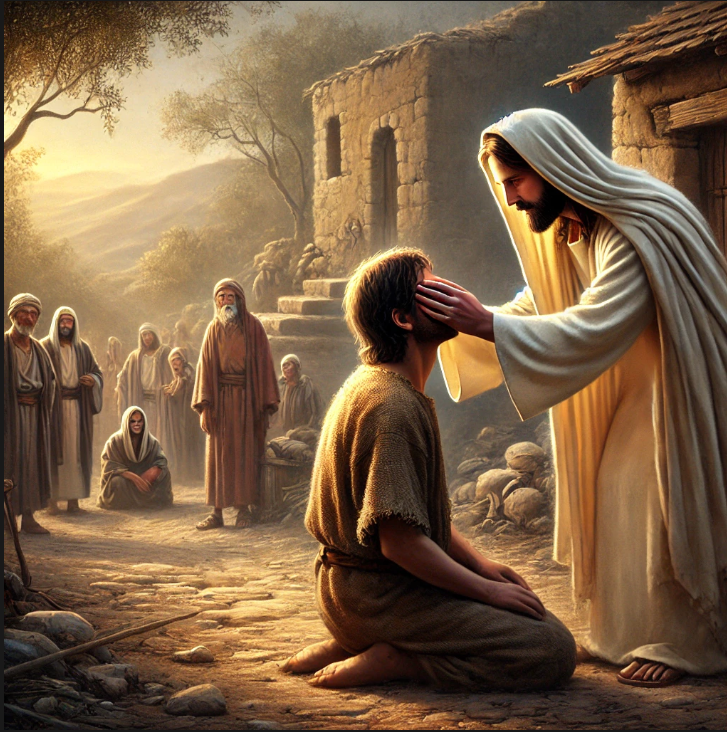In writing this post, I am torn between the two titles: Revisiting Our Understanding of Christianity or Christianity that is Biblically Faithful. Though the title would be different, the essence remains the same.
What I intend to do this time is to write an article about biblical Christianity based on the Gospel of Mark. The specific passage I have in mind is Mark 8: 22 to 9:1.

As I do my exegesis of the narrative, I observe that the passage talks about five separate themes:
The incident with the blind man
Jesus' identity
Jesus foretold his death on the cross
The cost of following Jesus, and
The coming of the kingdom with power
However, as I try to consolidate the ideas I observe that biblical Christianity emerged as a unifying theme.
Writing this post, my goal is to develop a 500-word article. Once I achieve that, I will stop and will continue the next article in the next post. At most, I expect three articles will come out on this topic.
Let me start with the first theme, the incident with the blind man.
Jesus is the main character in Mark 8:22 to 26. However, the recipient of Jesus' actions in this narrative is identified as the blind man.
As Jesus approached Bethsaida, some people brought the blind man to him. At the outset, we see what these people expect from Jesus, which is to perform a miracle, that is, if he is powerful enough to make the blind man see.
Explaining narratives like this from a modern perspective, the tendency is to take the possibility of miracles for granted. Instead, interpreters would find a way to explain what happened in naturalistic terms. One obvious interpretation to discredit the biblical record is to say that the man was not blind, and so no miracle happened at that time. Or still, another would argue that the gospel of Mark is not a historical record as we view history today. It is simply a religious book of a specific faith community in ancient times that contained stories that should not be considered as accurate. Nevertheless, as for its motivational and inspirational intent, the story of the blind man serves its purpose.
Anyhow, I don't know what are the diverse interpretations of modern scholars to explain away the obvious miraculous element in the narrative. I have no time to check the literature. Perhaps, if I deliver this message to a live audience, on that occasion, I could find time to identify all those naturalistic explanations of our text.
For now, let us focus our attention on what we find in the narrative as it is. As far as Jesus' actions are concerned, we see him do seven acts concerning the blind man:
He took him
He led him outside the village
He had spit on the man's eyes
He put his hands on him
He asked him a question
He put his hands on the man's eyes, and
He told him not to go into the village
The first six actions are all related to the blindness of the man. As for the last action, I don't know why Jesus prohibited the blind man from going to the village. Perhaps, Jesus did not want to make "sensational news" about what he did that would draw a big crowd.
The most important lesson we can get from this story about the recovery of the sight of the blind man can only be appreciated in the light of what follows. And that would be our subject for the next article.
Posted Using InLeo Alpha
 )
)